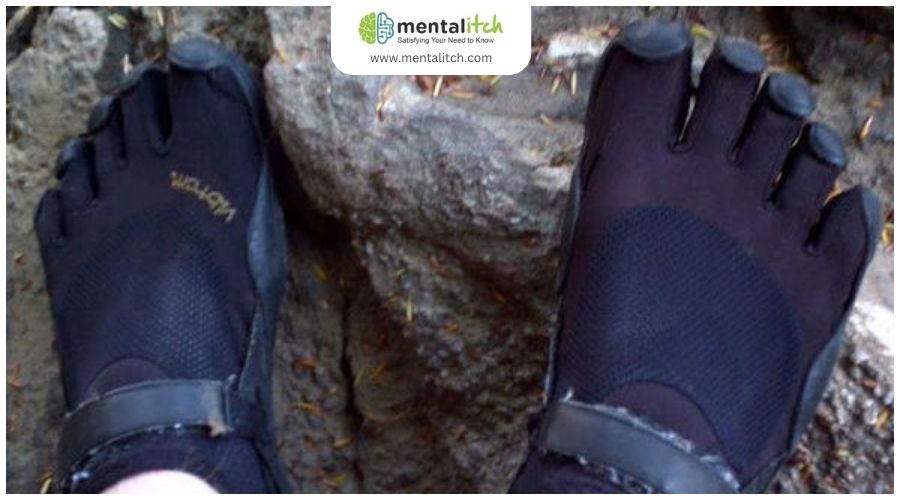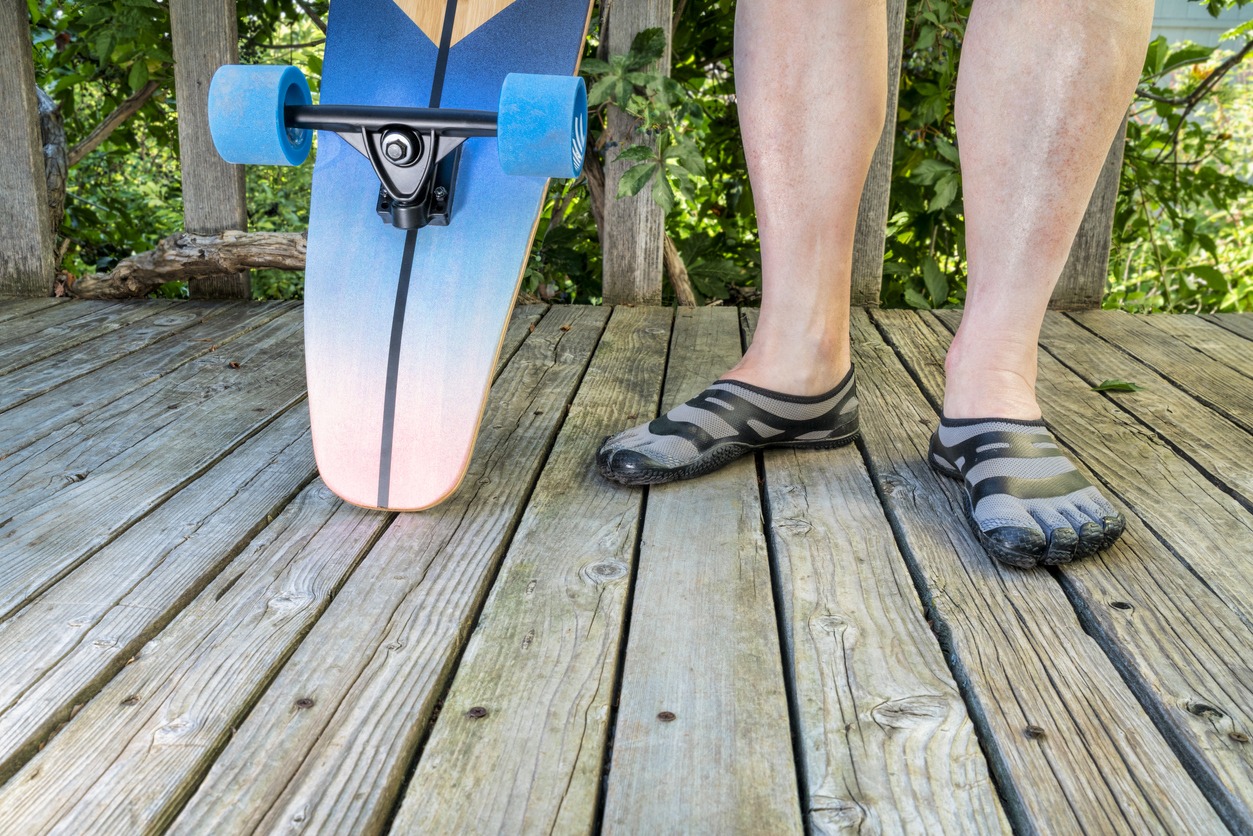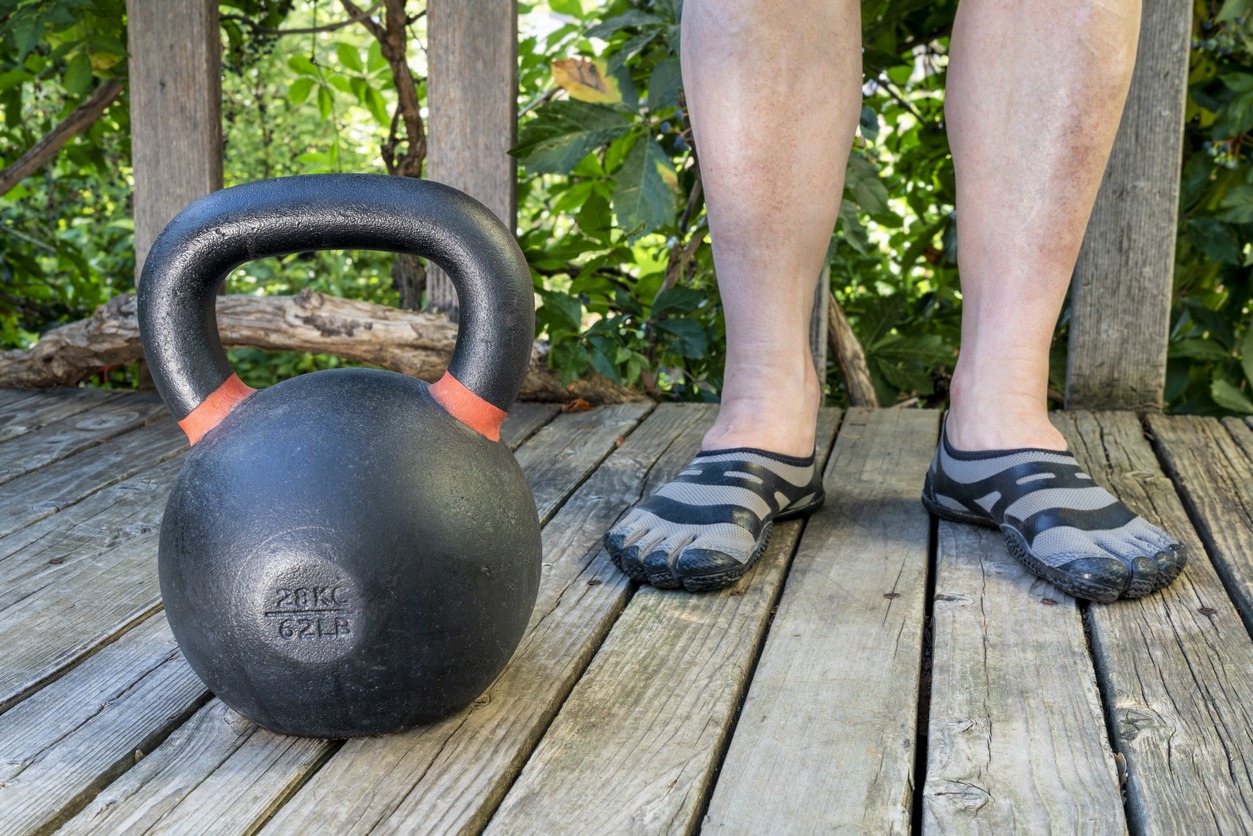Did you know that over the past decade, the popularity of minimalist shoes has surged by more than 300%? You’re probably curious about what sets these shoes apart from your traditional running footwear. Minimalist shoes are crafted to emulate the natural biomechanics of running barefoot, offering minimal interference with your foot’s natural movement. They’re a testament to the philosophy that less is more when it comes to cushioning, support, and overall structure.
If you’re wondering how transitioning to minimalist shoes could affect your running efficiency and overall foot health, you’ll find that the journey is as intriguing as the concept itself.
Key Takeaways
- Minimalist shoes mimic barefoot mechanics with low heel-to-toe drop and thin soles to enhance natural foot movement and strength.
- They feature a wide toe box to allow for natural toe splay, promoting better balance and foot mechanics.
- Transitioning to minimalist footwear requires a gradual process to adapt to less cushioning while preventing overuse injuries.
- Suitable for various arch types, selecting the right minimalist shoe involves understanding individual foot needs for optimal comfort and support.
Defining Minimalist Shoes
Minimalist shoes, characterized by their low heel-to-toe drop and thin soles, redefine how your feet interact with the ground. They’re designed to mimic the natural shape and mechanics of your feet, promoting a more natural foot strike pattern. With a heel-to-toe drop of 0-8mm, these shoes encourage you to land more on the midfoot or forefoot, rather than the heel, which can lead to a more efficient running form.
The thin sole, ranging from 3-10mm, offers minimal cushioning. This might sound daunting at first, but it’s all about bringing you closer to the ground for an enhanced sense of connection and balance. You’ll feel the terrain beneath your feet, making adjustments as needed to accommodate for rocks, bumps, and other obstacles. This tactile feedback is crucial for developing foot strength and flexibility.
Moreover, the wide toe box is a game changer. It allows your toes to splay naturally with each step, promoting better balance and a stronger, more natural gait. This design feature, alongside the absence of arch support, encourages your feet to work harder, thereby increasing foot strength over time.
The Minimalist Shoe Index
To help you navigate the world of less-is-more footwear, the Minimalist Shoe Index categorizes shoes based on their heel-to-toe drop, sole thickness, and overall design simplicity. This system is crucial for you if you’re seeking footwear that encourages natural movement. By focusing on zero drop, the index highlights shoes that maintain a level platform from heel to toe, mirroring the foot’s natural position. This feature is key in promoting a more natural gait and enhancing foot strength.
Minimalist shoes, as identified by the index, typically feature a thin sole, ranging from 3-10mm. This minimal cushioning is designed to improve your ground feel and proprioception, allowing for a more connected and responsive running or walking experience. The absence of excessive cushioning and arch support, characteristics of traditional footwear, further underscores the minimalist ethos of facilitating natural foot mechanics rather than altering them.
Brands like Vibram FiveFingers, Merrell Glove, and Xero Prio are often spotlighted within the index for their commitment to minimal design, offering products that closely align with the principles of natural running. These brands, among others, are celebrated for their minimalist shoe offerings that prioritize a natural stride and minimal interference with the foot’s innate movement patterns.
Benefits of Minimalism
Embracing minimalist footwear can significantly enhance your natural foot movement, leading to stronger muscles, ligaments, and bones. These shoes are designed to mimic the feeling of being barefoot, providing minimal interference with the natural movement of the foot. You’ll notice a difference in how your feet interact with the ground, thanks to the wider toe box and lower heel drop of minimalist shoes. This freedom allows for a more natural stride and can improve your overall body health.
| Feature | Benefit |
|---|---|
| Wider toe box | Reduces muscle strain and improves balance |
| Lower heel drop | Encourages natural foot positioning and posture |
| Enhanced proprioception | Increases body awareness for better coordination |
| Minimal arch support | Strengthens foot muscles and promotes natural movement |
Common Misconceptions
Despite popular beliefs, minimalist shoes offer more than meets the eye, including some level of cushioning and support. While you might think these shoes are just thin layers of material between you and the ground, there’s actually more to them.
Here are three common misconceptions about minimalist shoes:
- Minimalist Shoes Lack Cushioning: While it’s true they’re designed with thinner soles, ranging from 3-10mm, this doesn’t mean they lack any amount of cushioning. The soles are engineered to provide a balance of protection and ground feedback, crucial for a natural gait.
- They Provide No Support: Another myth is that these shoes offer zero support. Although minimalist shoes may provide minimal to no arch support, they’re designed to encourage a natural foot position, promoting strength in the foot muscles.
- Only Suitable for Experienced Runners: Whether you’re transitioning to minimalist shoes or have been running for years, the key is in how you use them. They’re not exclusive to seasoned runners. Novices, too, can benefit, especially when focusing on a midfoot strike instead of heel striking, which can lead to a more efficient and natural running form.
Choosing Your First Pair
Before you pick your first pair of minimalist shoes, you need to assess your foot type. Understanding the unique features of these shoes, such as a wide toe box and minimal cushioning, is crucial.
This knowledge will guide you in making a choice that enhances your running experience while keeping your feet healthy.
Assessing Foot Type
To choose your first pair of minimalist shoes effectively, start by assessing your foot type, including arch height, width, and shape. This initial step is crucial for finding a pair that matches your unique needs, ensuring comfort and support. Here’s how you can get started:
- Determine your arch type – Identify if you have a high, medium, or low arch. This will guide your selection towards shoes that accommodate your specific arch.
- Evaluate your foot width and shape – Minimalist shoes often feature a wider toe box. Ensure the pair you choose allows for natural toe splay.
- Consider your pronation and gait – Choose shoes that provide the right level of support or correction based on your gait pattern.
Understanding Shoe Features
When choosing your first pair of minimalist shoes, understanding key features like heel-to-toe drop and cushioning is crucial for matching them to your foot’s unique needs. Minimalist shoes typically have a heel-to-toe drop of 0-8mm, which promotes a more natural position for your heel and toe, enhancing your overall foot function. These shoes also offer minimal cushioning in the midsole, allowing for a better ground feel and proprioception, essential for a true minimalist experience.
Moreover, wide toe boxes in minimalist shoes encourage natural toe splay, crucial for optimal foot health. Zero-drop shoes, a subset of minimalist footwear, provide a completely flat platform from heel to toe, mimicking a barefoot experience. Remember, features like lightweight materials and high flexibility are also key, aiding in foot strength and mobility.
Transitioning to Minimalist Footwear
Once you’ve chosen your first pair of minimalist shoes, it’s crucial to assess your foot type to ensure the best fit and transition experience.
You’ll need to adopt a gradual wearing strategy, starting with short distances and gradually increasing, which helps in observing the potential benefits of minimalist footwear without risking injury.
Pay close attention to how your body responds to these changes, as this will be key in successfully adapting to your new running style.
Assessing Your Foot Type
Begin by assessing your foot arch type—flat, neutral, or high—to pinpoint the level of support your minimalist footwear should offer. Understanding your arch type is crucial as you transition to minimalist shoes, ensuring you pick a pair that complements your natural anatomy and enhances comfort.
Here are three key steps to help you enjoy the process:
- Identify Your Foot Arch Type: Flat, neutral, or high, each requiring different levels of support in minimalist footwear.
- Examine Your Foot Strike Pattern: Whether you’re a heel, midfoot, or forefoot striker, choose minimalist shoes that align with your natural gait.
- Consult a Podiatrist: Especially if you have existing foot conditions or injuries, to ensure a safe transition to minimalist shoes.
Gradual Wearing Strategy
Gradually transitioning to minimalist footwear is essential, as it allows your feet to slowly adjust to less support and cushioning. Start by wearing minimalist shoes for short periods to build foot strength and become accustomed to the reduced cushioning.
This gradual transition is crucial, especially if you’re used to running with traditional shoes that offer more support. Alternate between your regular shoes and minimalist shoes during this phase. This strategy helps prevent overuse injuries that can occur if you switch too abruptly.
Pay attention to improving your running form and mechanics while in minimalist shoes to leverage their benefits fully. Always listen to your body, increasing the duration of wearing minimalist shoes slowly to avoid discomfort or pain.
Potential Benefits Observed
After adjusting your routine to incorporate minimalist footwear, you’ll start noticing several benefits, including enhanced foot muscle strength and improved running efficiency. Transitioning to barefoot shoes isn’t just a trend; it’s a step towards optimizing your body’s natural mechanics.
Here are three key advantages you might enjoy:
- Increased Foot Muscle Size and Strength: Minimalist footwear encourages your feet to work harder, promoting muscle growth and resilience.
- Improved Achilles Tendon Health: By wearing minimalist shoes, you can experience increased Achilles tendon stiffness and cross-sectional area, vital for injury prevention and better performance.
- Enhanced Running Economy: The design of minimalist shoes allows for greater loading on the ankle and metatarsophalangeal joint, contributing to more efficient running mechanics.
Barefoot Vs. Minimalist Shoes
Exploring the differences between barefoot and minimalist shoes can help you decide which footwear option best supports your natural gait and foot health.
Barefoot shoes aim to deliver a near-barefoot experience, offering minimal cushioning to protect your feet while allowing them to move and flex naturally. This design typically includes a wide toe box to enable natural toe spread, enhancing balance and foot strength. On the other hand, minimalist shoes, such as Nike Free and Adidas Adizero, focus on minimalism in footwear design but provide a bit more structure than barefoot shoes. They usually feature a reduced heel-to-toe drop of 4–8mm, encouraging a more natural running and walking experience by promoting a midfoot or forefoot strike rather than a heel strike.
| Feature | Barefoot Shoes | Minimalist Shoes |
|---|---|---|
| Cushioning | Minimal | Reduced |
| Heel-to-Toe Drop | Zero-drop | 4–8mm |
| Toe Box | Wide | Varies, typically wider than traditional |
Both options aim to mimic the natural movement of running or walking barefoot, yet minimalist shoes offer a slight edge in cushioning and support. Understanding these key differences can guide you to a choice that aligns with your preferences for a natural walking or running experience.
Caring for Your Minimalist Shoes
To keep your minimalist shoes in top condition, start by cleaning them regularly with a damp cloth to remove any dirt and debris. This simple step won’t only keep your shoes looking great but also maintain the integrity of the materials, especially important for barefoot running shoes which often feature less protection from the elements.
Here are three key tips to ensure your minimalist shoes last:
Air Dry Properly
After cleaning, always let your shoes air dry away from direct heat sources. Direct heat can damage the structure and material of your minimalist shoes, altering their fit and comfort.
Store Wisely
Keep your shoes in a cool, dry place when you’re not wearing them. This prevents the buildup of mold and mildew, which can degrade the materials and lead to an unpleasant smell.
Rotate Your Shoes
If you have more than one pair of minimalist or barefoot running shoes, rotate them. This gives each pair a chance to air out, reduces wear and tear, and extends their lifespan considerably. Plus, it’s a great excuse to clean and inspect them for any needed repairs, such as replacing worn-out laces or insoles.
Overcoming Challenges
Transitioning to minimalist shoes means you’ll face the challenge of adjusting to less cushioning, which might initially feel uncomfortable. Finding the right fit is crucial to ensure that your feet can adapt without causing harm. You’ll need to be mindful of how your feet respond and make adjustments to your routine as necessary.
Adjusting to Less Cushion
Adjusting to the reduced cushioning of minimalist shoes often poses a challenge, but it’s a critical step in strengthening your feet and enhancing your running form. Here are three key tips to make this transition smoother:
- Gradually Increase Mileage: Start with short distances and slowly build up. This approach helps your lower leg muscles adapt without risking overuse injuries.
- Focus on Foot Strength: Incorporate exercises that build foot strength. Stronger feet can handle the minimal support better and improve your stability.
- Refine Your Running Mechanics: Pay attention to proper running mechanics. Embracing the ground feedback encourages adjustments in stride and foot placement, helping to prevent injury and improve efficiency.
Finding the Right Fit
After mastering the adjustment to less cushioning, it’s essential you find the right fit to further enhance your minimalist running journey. Overcoming challenges in securing the perfect minimalist running shoes involves considering your primary running surface and the level of cushioning you desire.
Ensuring an impeccable fit from the start is crucial to avoid discomfort or injury. Consulting with a fit expert can be a game-changer. They’ll assess your options based on your individual preferences and running needs, whether it’s road-running or trail-running. Distinguishing between these types is vital for your performance and comfort.
Taking the time to find that perfect fit not only elevates your minimalist running experience but also minimizes the risk of potential issues.
Getting Started With Minimalism
If you’re interested in minimalist shoes, it’s crucial to start slowly to let your feet adjust to the new feel. Transitioning to this minimal footwear requires patience, but it’s worth it for the benefits of improved running form and foot strength.
Here’s how you can begin your journey towards minimalism in a safe and enjoyable manner:
- Start Small: Begin with short walks or runs in your minimalist shoes before gradually increasing the distance. This slow transition allows your feet and body to adapt without overwhelming them.
- Focus on Form: Pay close attention to your running form and mechanics. Minimalist shoes can help improve your form, but it’s essential to be mindful of how you’re moving. Consider consulting with a running expert to get feedback and tips on improving your technique.
- Consulting with Experts: Don’t hesitate to seek advice from a podiatrist or running expert. They can offer personalized guidance based on your foot strength, running goals, and the terrain you plan to explore. Their expertise ensures you transition safely and effectively.
Conclusion
In conclusion, you’ve embarked on a journey to understand minimalist shoes, their benefits, and how to integrate them into your life. Remember, transitioning to minimalist footwear should be gradual to avoid discomfort. Choose your first pair wisely, considering your unique foot needs.
Don’t forget to care for your shoes to extend their lifespan. Despite the challenges, embracing minimalism could significantly enhance your foot health and running efficiency. So, start slow, listen to your body, and enjoy the journey towards natural foot movement.



